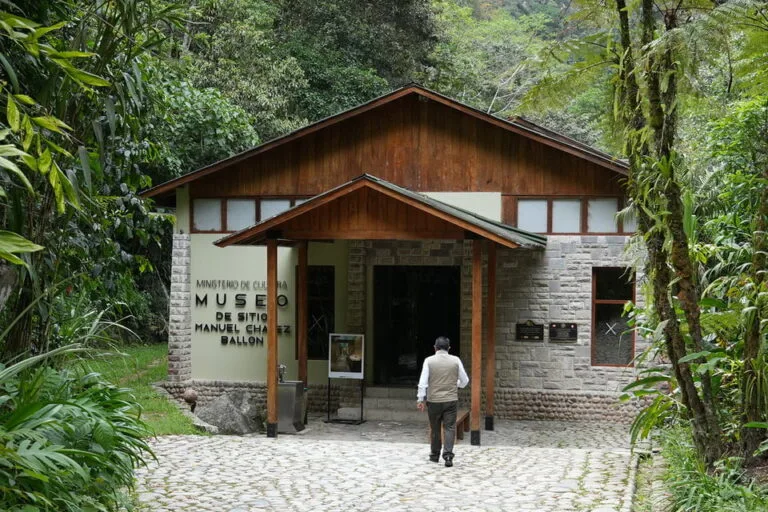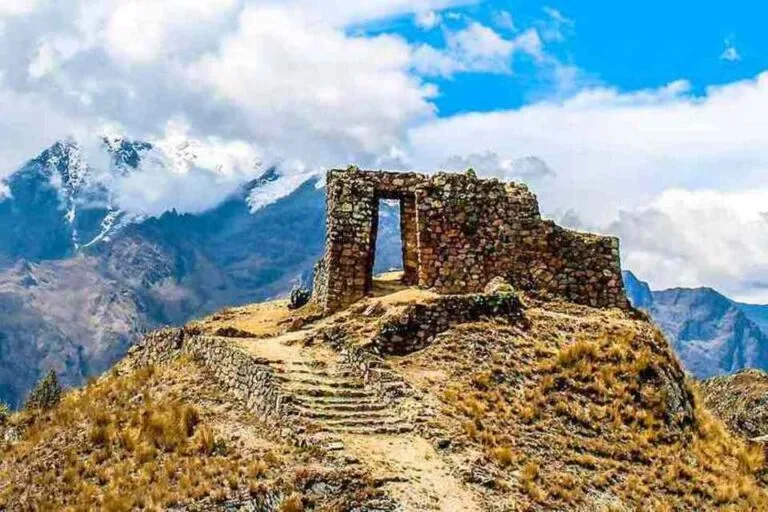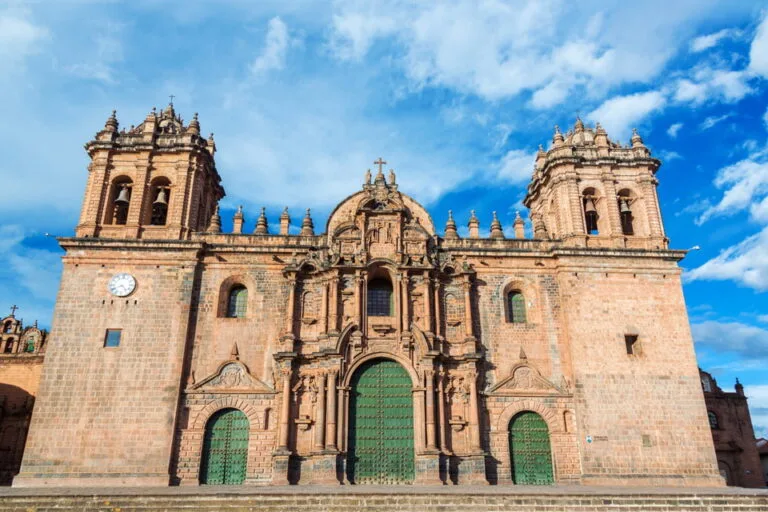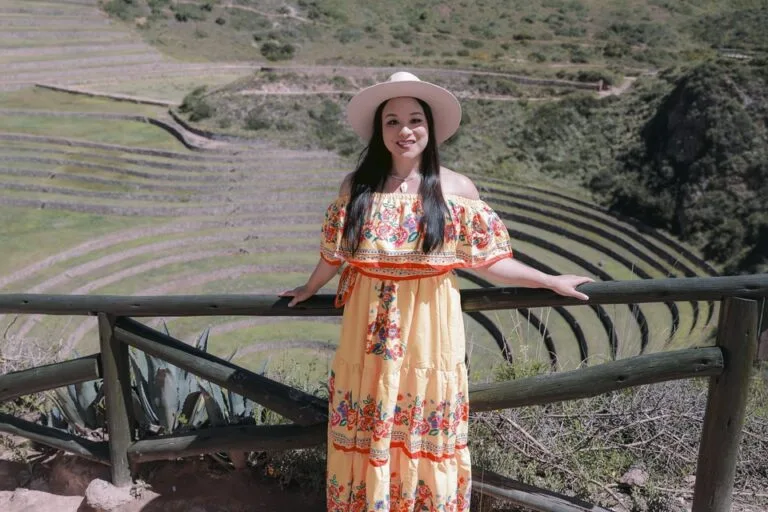El Disco Solar Inca, también conocido como Sol de Echenique, es una de las reliquias más enigmáticas y sagradas de la civilización incaica. Este artefacto, elaborado en oro puro, simbolizaba al dios Inti, la deidad solar central en la cosmovisión andina. Su historia, llena de misterios y leyendas, ha capturado la imaginación de historiadores y viajeros por igual.
Location
Originally, the Sun Disc was located in the Temple of Coricancha, in the heart of Cusco, Peru. This temple, whose name means “Golden Enclosure”, was the most important religious center of the Inca Empire, dedicated to the worship of the Sun God. After the Spanish conquest, the disc disappeared, and its whereabouts were unknown for centuries. In the 20th century, the piece reappeared in private collections and museums abroad. Finally, in June 2021, the Sun of Echenique was returned to Peru and is currently on display at the Regional Historical Museum of Cusco.
History
The dating of the Solar Disc has been the subject of debate among experts. Some archaeologists place it around 500 BC, while others associate it with the Marcavalle culture, dating back approximately 3,000 years. During the Inca period, the disc occupied a prominent place in the Coricancha, reflecting the sun's rays and symbolizing the connection between the Inca and the god Inti. With the arrival of the Spanish conquistadors, the disc was removed and its trace was lost. In the 19th century, it was given to Peruvian President José Rufino Echenique during his visit to Cusco in 1853, hence its current name. Subsequently, the piece passed through various hands and countries until its recent return to Peru.
Description of the Artifact
The Sun of Echenique is a circular piece measuring 13.5 cm in diameter, composed of 90% gold, 5% silver and 5% copper. Its design features a central face surrounded by twenty sections that include representations of lunar phases, geometric figures and human faces. These details suggest that the disk could have functioned as a lunar or solar calendar, used in religious ceremonies and festivals. The exquisite goldsmithing reflects the skill and deep symbolism of Incan culture.
Recommendations for Visitors
If you plan to visit the Regional Historical Museum of Cusco to appreciate the Sun of Echenique, consider the following recommendations:
Visiting hours: The museum is usually open Monday to Sunday, but it is advisable to check current opening hours before your visit.
Tickets: Tickets can be purchased at the museum itself. It is recommended to check if there are discounts for students, seniors or special promotions.
Tour Guides: Having a specialized guide can enrich your experience by providing historical and cultural details about the disc and other artifacts in the museum.
Photography: Check the museum's policies regarding the use of cameras or mobile devices within the exhibition halls.
Climate: Cusco has a variable climate; it is advisable to dress in layers and bring protection from the sun and rain, depending on the season.
Frequently Asked Questions
1. What does the Inca Solar Disc symbolize?
The disc represents the god Inti, the solar deity of the Incas, symbolizing the connection between the earthly world and the divine.
2. Where is the Sun of Echenique currently located?
After his return to Peru in 2021, the album is on display at the Regional Historical Museum of Cusco.
3. How old is the Solar Disk?
The exact age is a matter of debate, but some experts date it to around 500 BC, while others suggest it is as old as 3,000 years.
4. What function did the Solar Disk have in the Inca culture?
In addition to being an object of religious veneration, it is believed that the disc may have served as a lunar or solar calendar, used in ceremonies and festivities.
5. How did the Solar Disk come to be known as Echenique's Sun?
The disc received this name after being given to the Peruvian president José Rufino Echenique during his visit to Cusco in 1853.
The Sun of Echenique is not only an impressive example of Incan goldsmithing, but also a profound symbol of the spirituality and astronomy of this civilization. Its return to Cusco allows visitors to connect with an essential part of Peruvian history and appreciate the cultural richness of the Incas.







